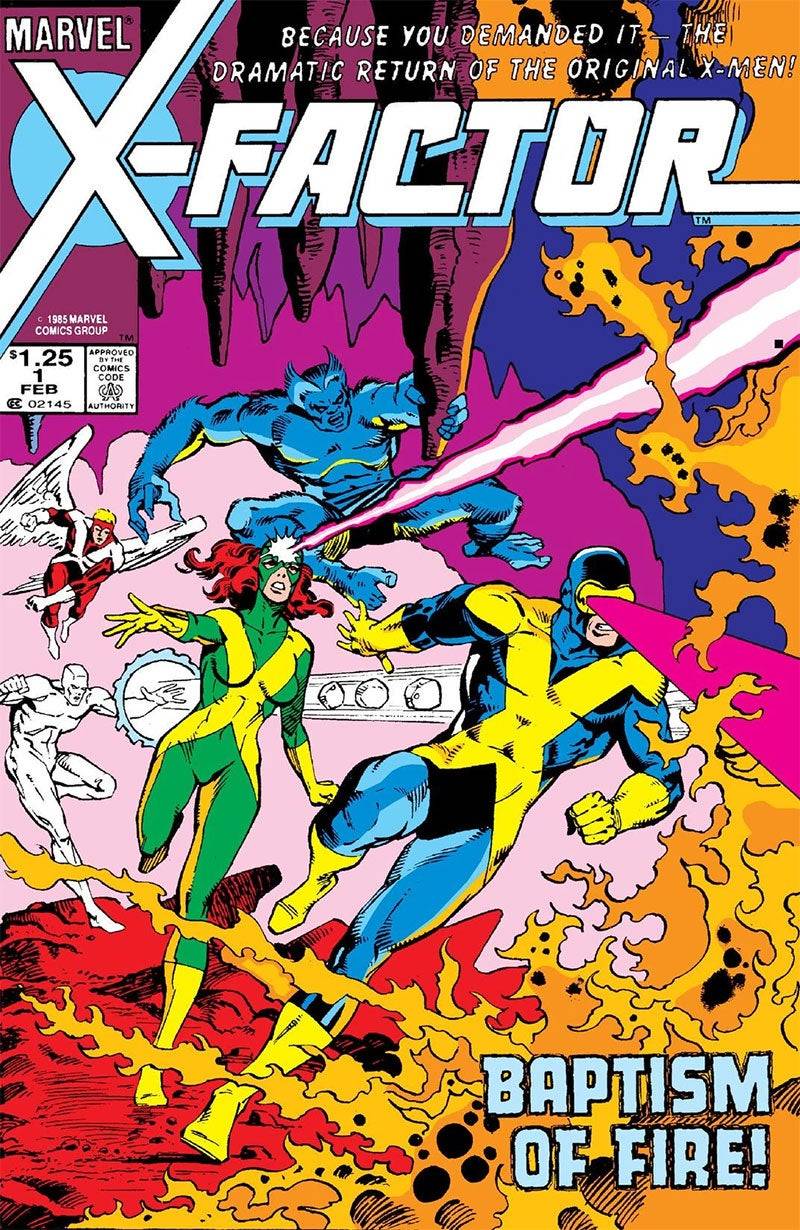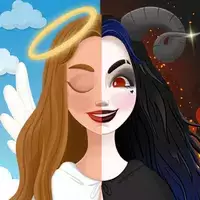The mid-1980s marked a golden age for Marvel, a period of both creative flourishing and financial success. Having overcome the financial struggles of the late '70s, Marvel was poised to reshape the comic book industry. 1984's Secret Wars stands as a pivotal moment, impacting the Marvel universe and the industry in profound and lasting ways. This era also saw the release of other iconic stories, including Frank Miller's Born Again Daredevil arc, Jean Grey's return in X-Factor, and Walt Simonson's Surtur Saga in Thor. This article explores some of the key narratives and their lasting influence.
More Essential Marvel
1961-1963 - The Birth of a Universe 1964-1965 - The Sentinels Are Born and Cap Dethaws 1966-1969 - How Galactus Changed Marvel Forever 1970-1973 - The Night Gwen Stacy Died 1974-1976 - The Punisher Begins His War on Crime 1977-1979 - Star Wars Saves Marvel From Bankruptcy 1980-1982 - Did the Dark Phoenix Saga Usher in the Greatest Decade for Marvel?
Frank Miller's Born Again and Walt Simonson's Surtur Saga
Two critically acclaimed storylines define this era: Frank Miller's Born Again, a return to Daredevil after his initial success (with David Mazzuchelli on art), and Walt Simonson's Surtur Saga in Thor. Born Again (Daredevil #227-233) is considered a quintessential Daredevil story. Karen Page's betrayal and the Kingpin's subsequent destruction of Matt Murdock's life lead to a harrowing descent and eventual redemption. Matt's recovery and the Kingpin's intensified villainy create a powerful narrative, loosely adapted in Netflix's Daredevil Season 3 and inspiring the Disney+ series, Daredevil: Born Again.
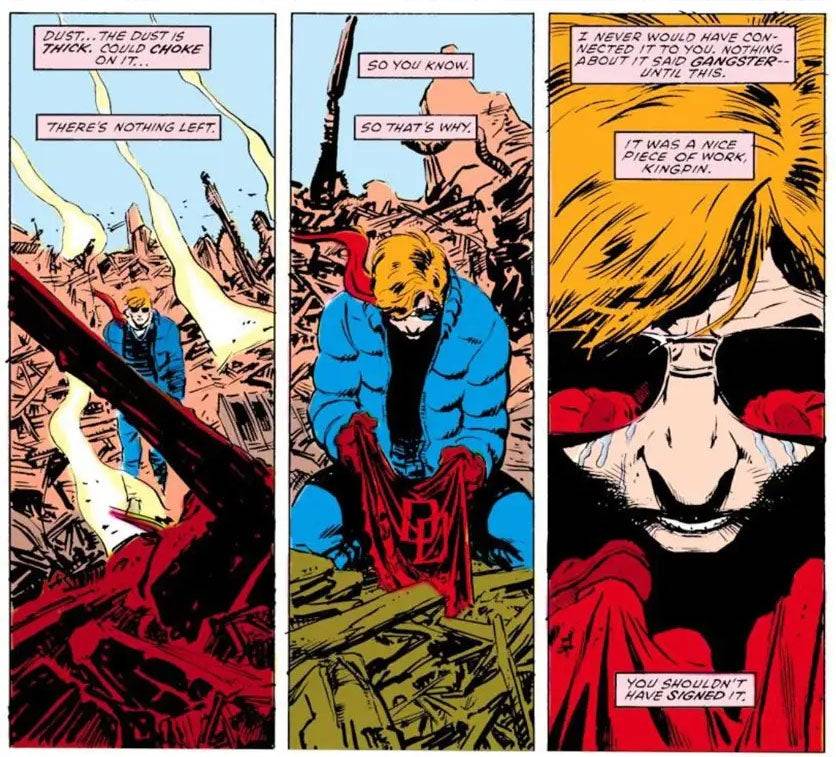
Simultaneously, Walt Simonson revitalized Thor, beginning with #337 and introducing Beta Ray Bill. Simonson's masterful storytelling, blending myth and fantasy, culminated in the Surtur Saga (#340-353). Surtur's quest for Ragnarok, involving Malekith, leads to an epic confrontation with Thor, Loki, and Odin. Elements of this saga influenced Thor: The Dark World and Thor: Ragnarok.
Secret Wars Changes Comics Forever
As discussed in Part 4, the 1973 Avengers/Defenders War foreshadowed the event crossover model. Secret Wars (1984), a 12-part miniseries written by Jim Shooter (with art by Mike Zeck and Bob Layton), solidified this trend. Born from a marketing partnership with Mattel, the story features a cosmic being, the Beyonder, forcing Marvel heroes and villains to battle on Battleworld.
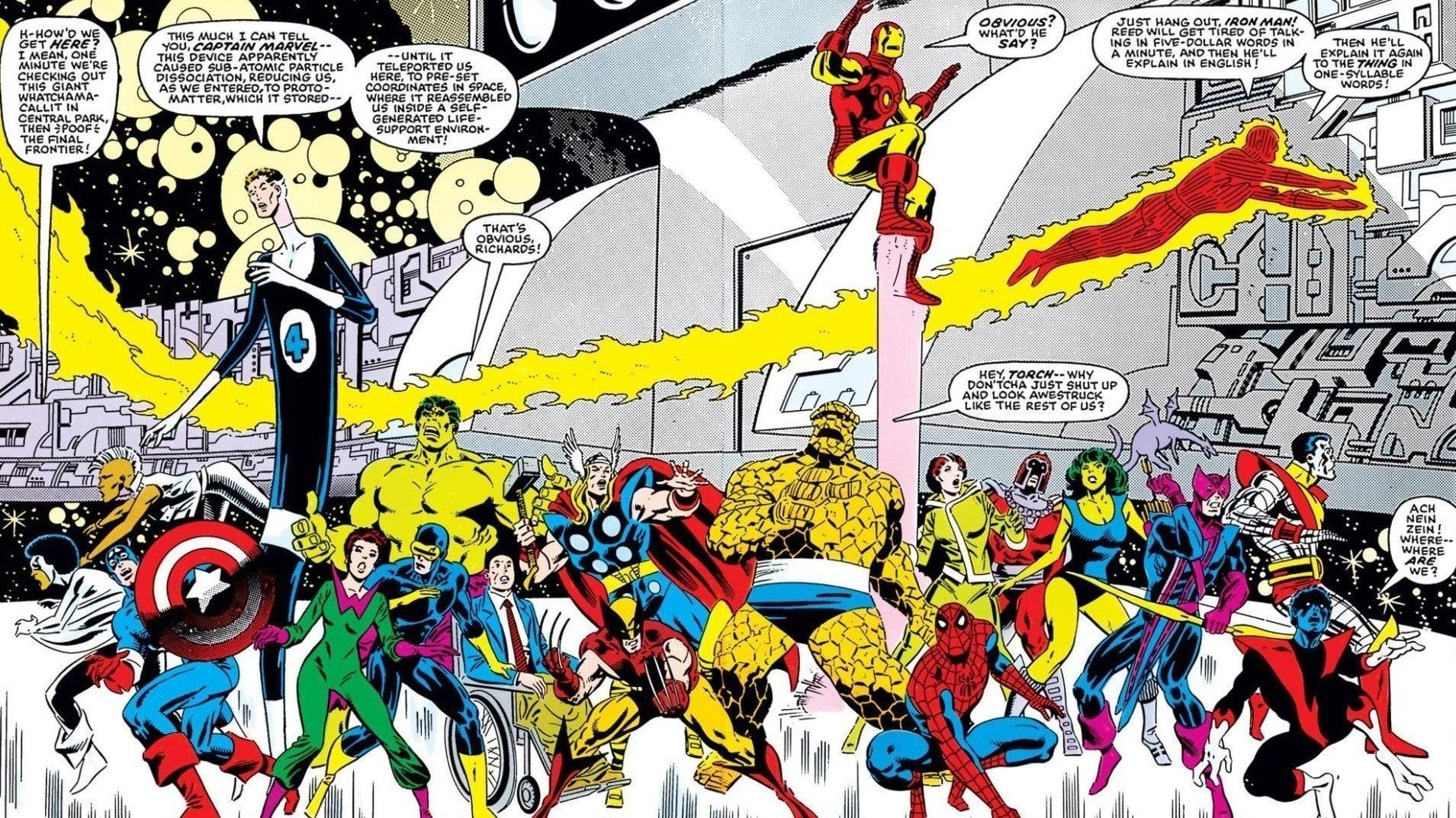
While a mixed bag critically, Secret Wars' impact is undeniable. Its success spawned Secret Wars II and, alongside DC's Crisis on Infinite Earths, cemented the event comic as a dominant publishing model.
Spider-Man’s Symbiote Suit and Other Iconic Spidey Stories
Following Stan Lee and Gerry Conway, Roger Stern elevated Amazing Spider-Man. His run (#224-251) introduced the Hobgoblin in #238, a significant addition to Spider-Man's rogues' gallery. Stern's original Hobgoblin saga, though cut short, was ultimately concluded in the 1997 miniseries Spider-Man: Hobgoblin Lives. Amazing #252 introduced Spider-Man's black symbiote suit, later revealed to originate on Battleworld in Secret Wars #8. This iconic costume and its associated storyline have been widely adapted. Another significant story, The Death of Jean DeWolff (Spectacular Spider-Man #107-110), by Peter David and Rich Buckler, is a dark and compelling tale.
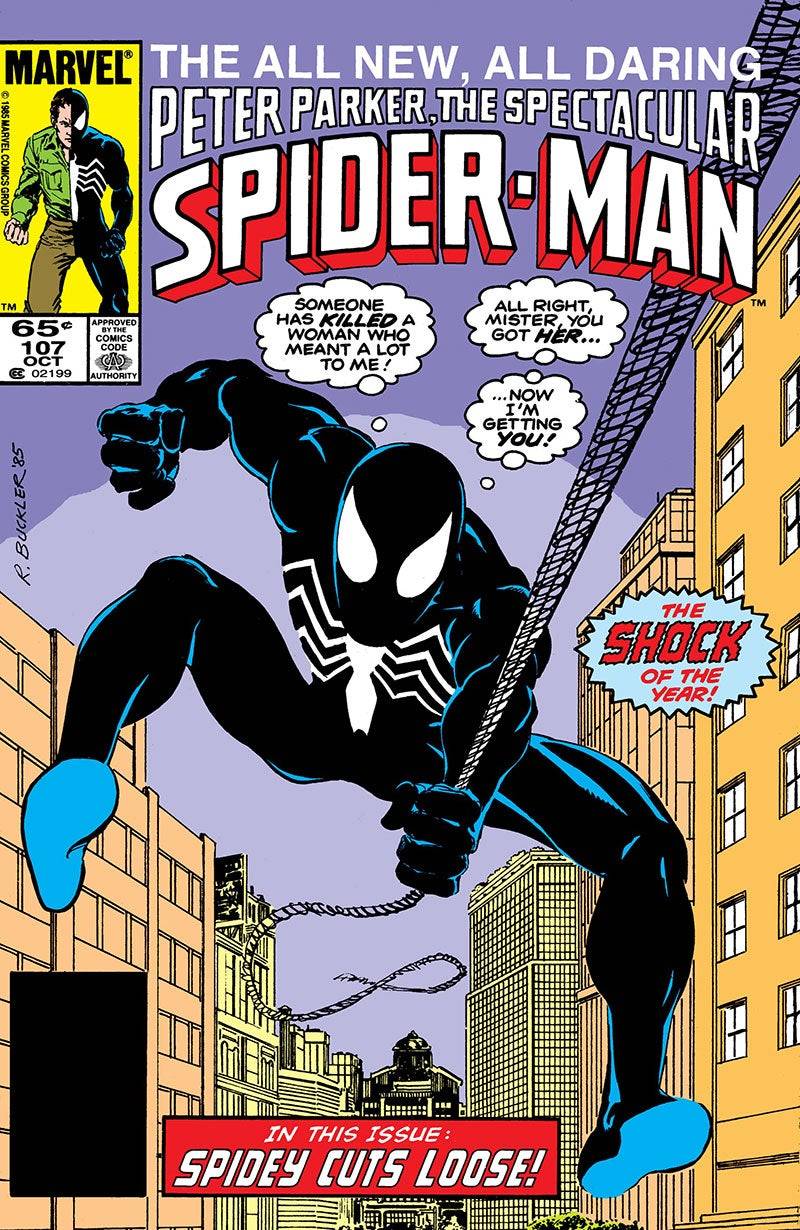
Jean Grey Returns, the Rise of Apocalypse, and Other Mutant Landmarks
The mid-80s also saw significant developments in the X-Men universe. Vision and the Scarlet Witch #4 revealed Magneto as the father of Quicksilver and Scarlet Witch (later retconned). X-Men #171 featured Rogue's heroic turn, and X-Men #200 saw Magneto's trial and subsequent leadership of Xavier's School. Jean Grey's resurrection (Avengers #263 and Fantastic Four #286) and the introduction of Apocalypse (X-Factor #5-6) were pivotal moments. Apocalypse, created by Louise Simonson and Jackson Guice, became a major X-Men villain, appearing in various adaptations.
